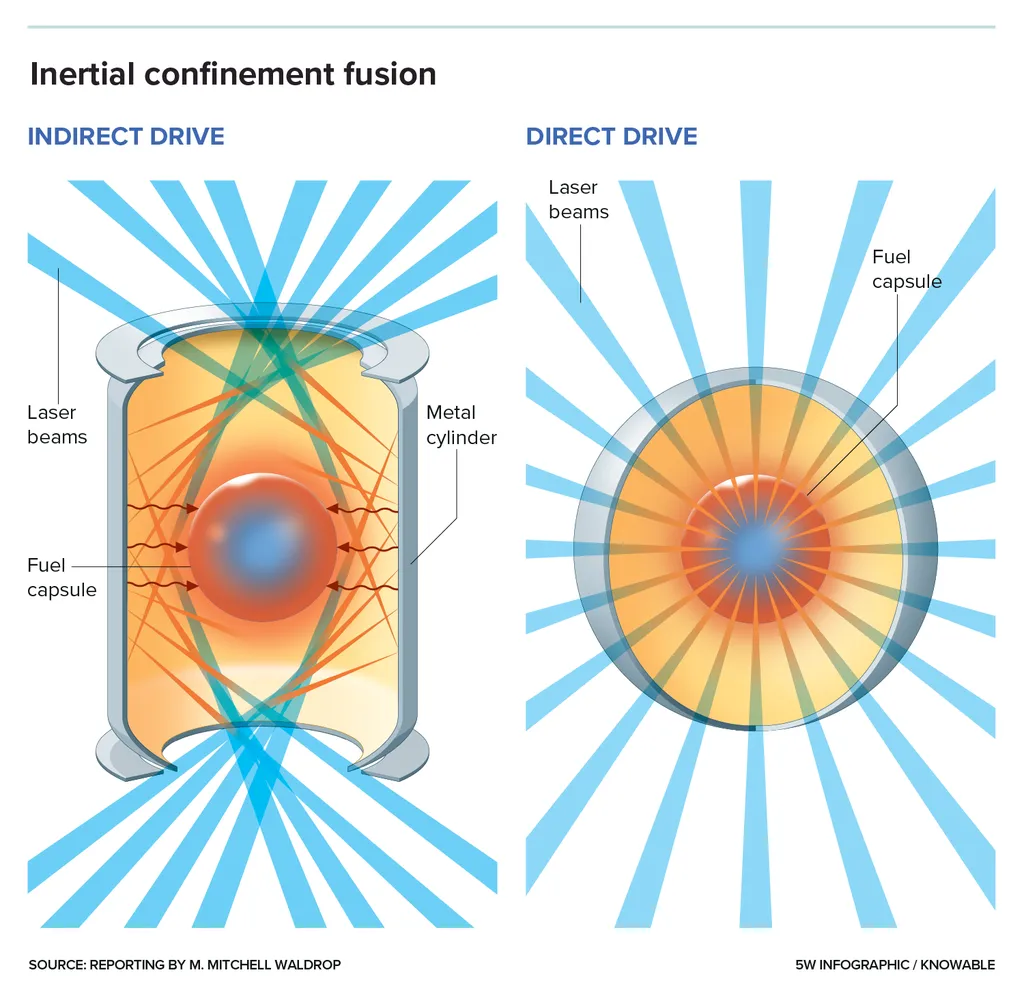In the realm of nuclear physics, understanding the dynamics of nuclear shapes during low-energy heavy-ion reactions is crucial for both scientific advancement and practical applications, particularly in the energy sector. Leading this exploration is Professor K. Hagino, a distinguished researcher affiliated with the Department of Physics at Tohoku University in Japan. His recent work delves into the theoretical developments surrounding low-energy heavy-ion reactions, offering insights that could refine our approach to nuclear energy.
Professor Hagino’s research emphasizes the use of heavy-ion reactions as a tool to probe nuclear shapes. By employing an optical potential model, he addresses the single-channel problem, focusing on the microscopic modeling of the imaginary part of an optical potential. This aspect is vital for visualizing quantum interference phenomena observed in heavy-ion elastic scattering. The study also extends to multi-channel scattering problems, demonstrating that heavy-ion fusion reactions at energies around the Coulomb barrier are highly sensitive to the shape of colliding nuclei. This sensitivity provides a powerful means to investigate nuclear shapes, which is fundamental to understanding and optimizing nuclear reactions.
The research highlights the practical implications for the energy sector, particularly in the context of nuclear fusion. By understanding the dynamics of nuclear shapes, scientists can better predict and control fusion reactions, potentially leading to more efficient and sustainable energy production. Additionally, the study points out that relativistic heavy-ion collisions share large similarities with low-energy heavy-ion reactions in terms of nuclear shape dynamics, further broadening the scope of applications.
Professor Hagino’s findings were published in the Journal of Physics G: Nuclear and Particle Physics, a reputable source for cutting-edge research in the field. This work not only advances our theoretical understanding but also paves the way for practical advancements in nuclear energy technology. By probing nuclear shapes with heavy-ion reactions, researchers can gain valuable insights that could lead to breakthroughs in energy production and other related fields.
This article is based on research available at arXiv.

